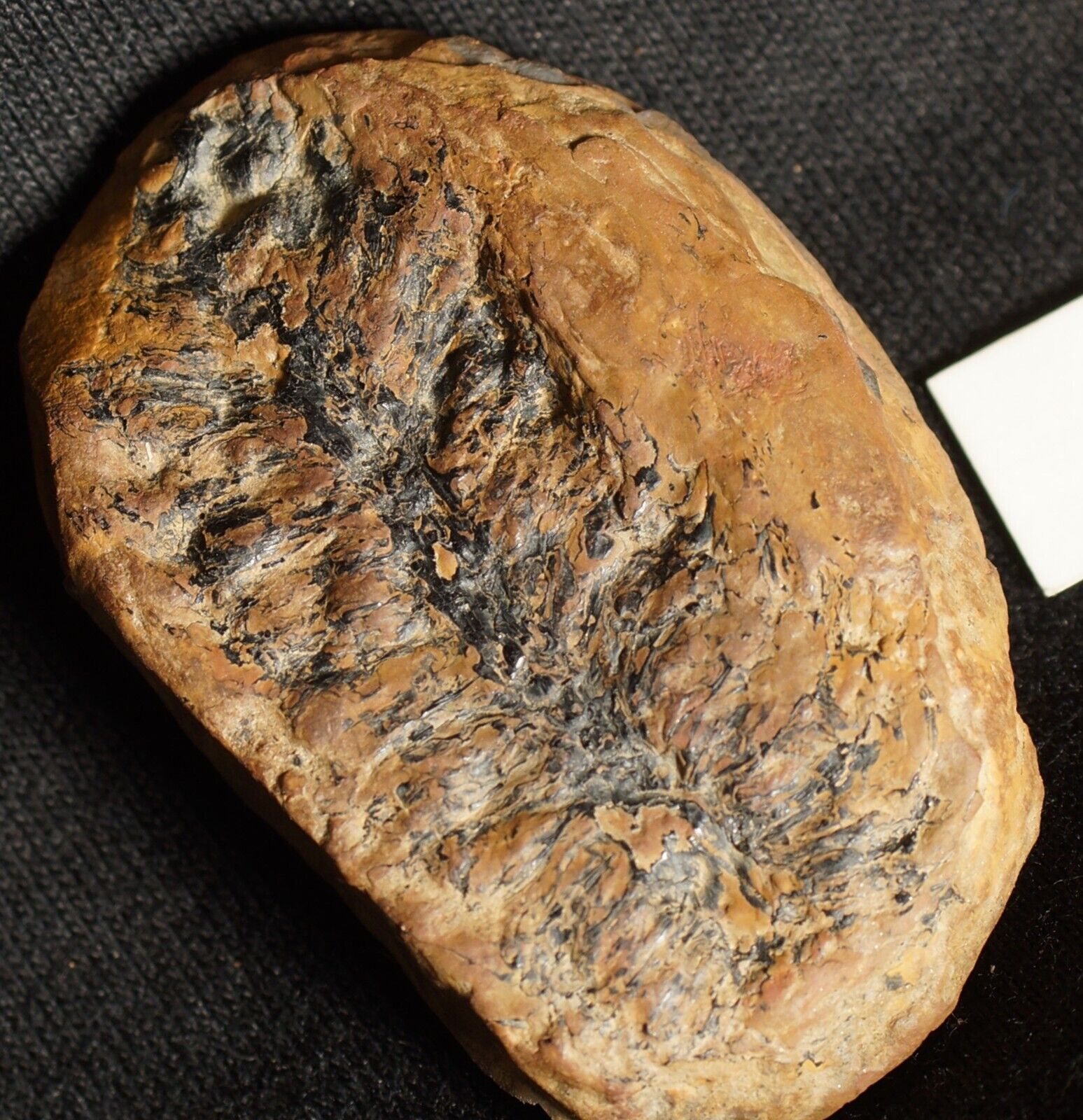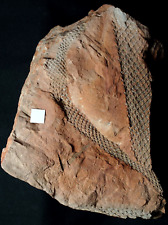Beautiful Lepidodendron fossil cone in european nodule half Not Mazon Creek For Sale

When you click on links to various merchants on this site and make a purchase, this can result in this site earning a commission. Affiliate programs and affiliations include, but are not limited to, the eBay Partner Network.
Beautiful Lepidodendron fossil cone in european nodule half Not Mazon Creek:
$28.00
I combine shipping costs. Each item is different, sopleasewait with payment after purchase-I will send You a combine invoice. Usually, it will be cost of shipping the heaviest item
Specimen: Rare , beautiful lycopod Lepidodendron fossil cone Lepidostrobus variabilis in Mazon Creek like european nodule half !
Locality:All detailed and accurate data will be provided with the specimen
Stratigraphy: Upper Carboniferous, Bashkirian - Westfal A,
Age:ca. 314 Mya
Nodule size : 5,0 x 3,0 x 1,0 cm( white square on picturesis 1,0 x 1,0 cm)
Description:
Rare , beautiful lycopod Lepidodendron fossil coneLepidostrobus variabilisin Mazon Creek like european nodule half !
Lepidodendron(also known as the \"Scale tree\") is an extinct genus of primitive, vascular, arborescent (tree-like) plant related to the Lycopsids (club mosses). It was part of the coal forest flora. They sometimes reached heights of over 30metres (100 ft), and the trunks were often over 1m (3.3 ft) in diameter, and thrived during the Carboniferous period. Sometimes called \"giant club mosses\", this is actually not correct as they are actually closer to quillworts than to club mosses. The closely packed diamond-shaped leaf scars left on the trunk and stems as the plant grew provide some of the most interesting and common fossils in Carboniferous shales and accompanying coal deposits. These fossils look much like tire tracks or alligator skin.The scars, or leaf cushions, were composed of green photosynthetic tissue, evidenced by the cuticle covering and being dotted with stomata, microscopic pores through which carbon dioxide from the air diffuses into plants. Likewise, the trunks ofLepidodendronwould have been green, unlike modern trees which have scaly, non-photosynthetic brown or gray bark.Lepidodendronhas been likened to a giant herb. The trunks produced very little, if any, wood. Most structural support came from a thick, bark-like region. This region remained around the trunk as a rigid layer that did not flake off like that of most modern trees. As the tree grew, the leaf cushions expanded to accommodate the increasing width of the trunk.The branches of this plant ended in cone-like structures.Lepidodendrondid not produce seeds like many modern plants. Instead, it reproduced by means of spores. It is estimated that these plants grew rapidly and lived 10–15 years. Some species were probably monocarpic, meaning they reproduced only once toward the end of their life cycle.
Systematic:
Division:Tracheophyta (Lycoposida)
Class:Lycopodinae
Order:Lycophodiales
Genus:Lepidostrobus
Species: Lepidostrobus variabilis

Related Items:
Big beautiful fossil plant detailed Lepidodendron lycopod young branched twigs
$92.00
Big beautiful fossil plant detailed Lepidodendron lycopod young branched twig
$55.00
Beautiful Lepidodendron fossil cone in european nodule half Not Mazon Creek
$28.00



